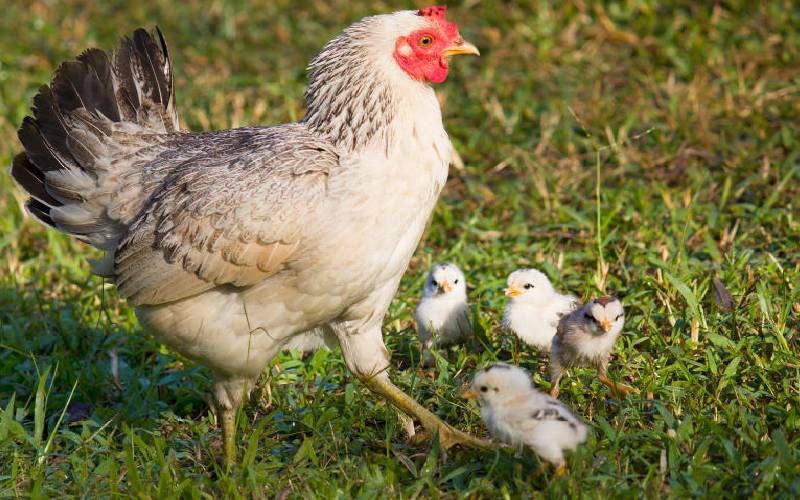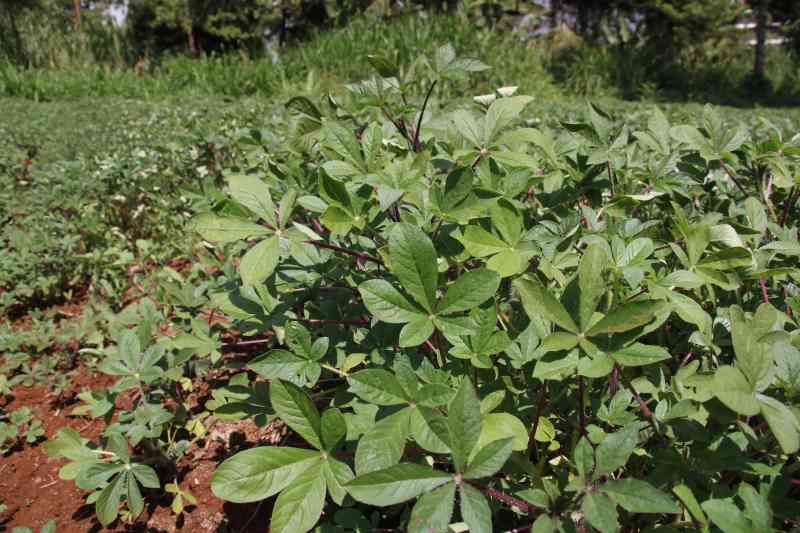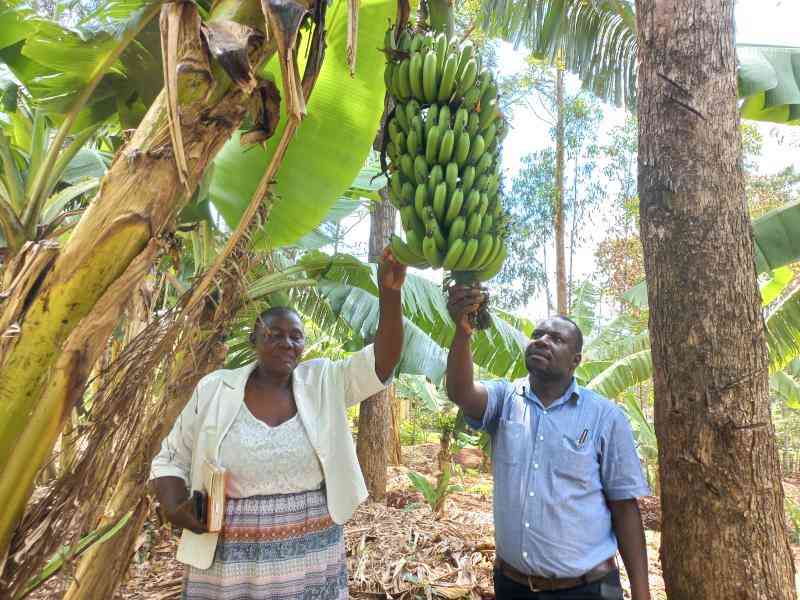
My chicks are not growing and have bloody diarrhoea, what’s the problem? I have been asked this question several times by farmers whenever I hold seminars and on poultry WhatsApp groups. My first and instinctive interrogation is to ask if the birds are reared intensively or are on free range production system. In almost 90 per cent of the feedback is in intensive, high density commercial flocks, whether laying or broiler birds reared for meat production. In nearly all these cases Coccidiosis is always the suspect number one.
Signs of coccidiosis
It is caused by an organism called Eimeria species, which also affects cattle and fish, but which does not affect man. The disease-causing organism attacks only the gut of the chicken where it lives and is excreted out into the litter/manure as small heat resistant spores.
What causes it
Years ago, when chickens were reared on free range, in wide acres of land, coccidiosis was not a problem because the spores once deposited in the field would die before they are swallowed again by the next bird. However, in intensely reared populations as we do now, coccidiosis causing organism can survive in the wet, moist litter multiply and be ready to be swallowed by the next bird. We have farmers keeping 5,000 birds in one unit while others keep up to 40,000 at ago. Globally we have a population of over 50 billion chickens that are prone to attack by this condition. Your little contribution will go along the way in controlling this global challenge.
Global issue
The good news is that it can be controlled. My advice to farmers is not to wait until you physically see bloody faecal dropping in the poultry unit, when at this stage the invading organisms have infected the gut and destroyed the intestinal lining with consequences of internal bleeding.
The solution
To curb this, you need to develop the habit of weighing five per cent of your flock population once every week, at specific times before feeding, at same location becomes critical and important.
You must be able to know every week how heavy your birds are and whether they are growing to the expected standard weight for that age. If for some reason you notice some birds are bigger than the others, create a small pen within the unit and segregate small birds from large birds.
Contact your vet and ask for a critical and professional look at the small pen with the intention of ruling out the presence of coccidiosis and worms.
A simple coccy lesion scoring by your vet will diagnose the problem. Anticoccidial drugs are available which will be prescribed, and the health of your birds restored. Check with your feed miller and report any incidence as a feedback for them to adjust the coccidiostat that are included in the diets.
Ensure you have at least 21 days turn around time, to enable you clean, disinfect and rest your units to destroy any surviving spores of Coccidia organisms from the previous flock. This is critical to stop the cycle and limit development of resistance.
[The writer is the Head Vet at Kenchic, for more info contact [[email protected]]
Want to get latest farming tips and videos?
Join Us
 The Standard Group Plc is a multi-media organization
with investments in media platforms spanning newspaper print operations,
television, radio broadcasting, digital and online services. The Standard Group
is recognized as a leading multi-media house in Kenya with a key influence in
matters of national and international interest.
The Standard Group Plc is a multi-media organization
with investments in media platforms spanning newspaper print operations,
television, radio broadcasting, digital and online services. The Standard Group
is recognized as a leading multi-media house in Kenya with a key influence in
matters of national and international interest.
 The Standard Group Plc is a multi-media organization
with investments in media platforms spanning newspaper print operations,
television, radio broadcasting, digital and online services. The Standard Group
is recognized as a leading multi-media house in Kenya with a key influence in
matters of national and international interest.
The Standard Group Plc is a multi-media organization
with investments in media platforms spanning newspaper print operations,
television, radio broadcasting, digital and online services. The Standard Group
is recognized as a leading multi-media house in Kenya with a key influence in
matters of national and international interest.







